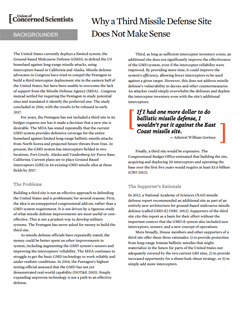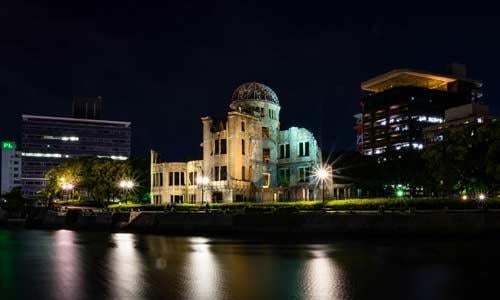For years, Congressional missile defense advocates have argued for a new homeland missile defense site. Unsatisfied with the existing two sites in California and Alaska, they appear convinced that a third site would provide various hypothetical benefits, including added protection against an Iranian nuclear strike.
Defense officials, physicists, and other experts and analysts disagree.
Takeaways:
- New site would not significantly improve US security
- New site would cost at least $3.6 billion
- Defense officials oppose it
The problems
Building a third site for the Ground-based Midcourse missile defense system (GMD) is not something the Pentagon has requested or views as a priority. It’s exclusively a Congressional idea and doesn’t come from any kind of rigorous process aimed at improving the GMD system.
In fact, US national missile defense, as it exists today, is fundamentally flawed and unlikely to work in any real-world scenario. Expanding to a third site is a distraction from the core issues that plague the system—namely, reliability and effectiveness.
At best, adding a third site would improve the system’s efficiency—allowing fewer interceptors to be used against a given target—but would not significantly enhance US security. And building it wouldn’t be cheap, requiring at least 3.6 billion of taxpayer dollars over the first five years.




